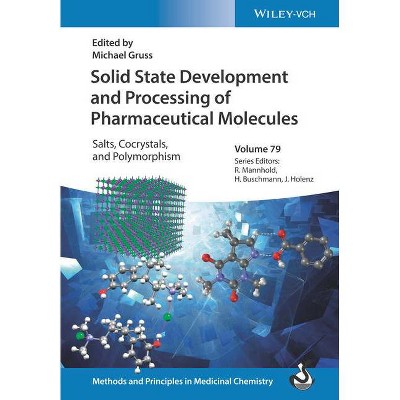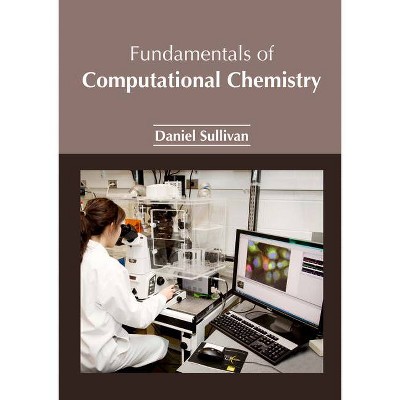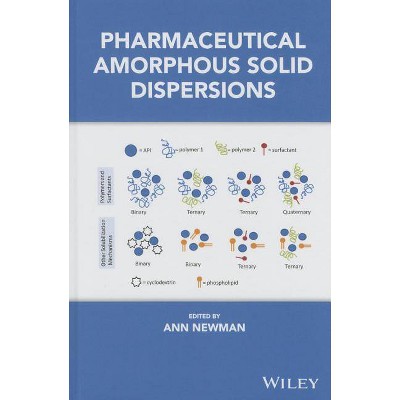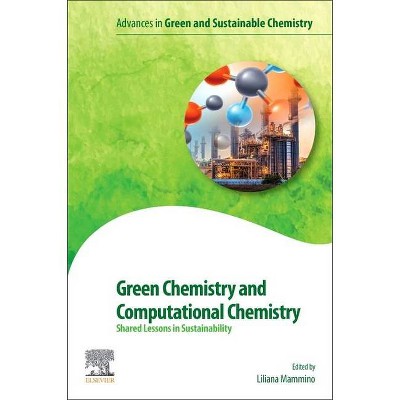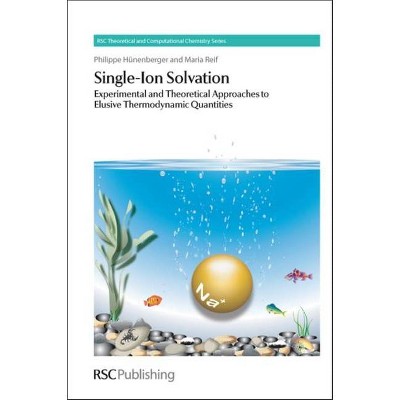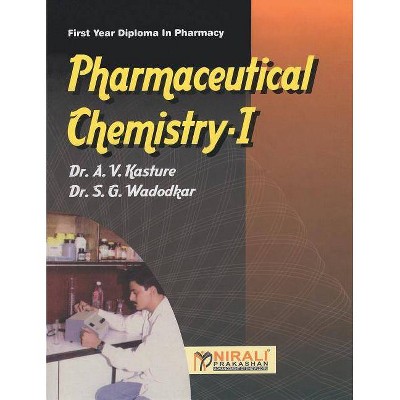Computational Pharmaceutical Solid State Chemistry - by Yuriy A Abramov (Hardcover)
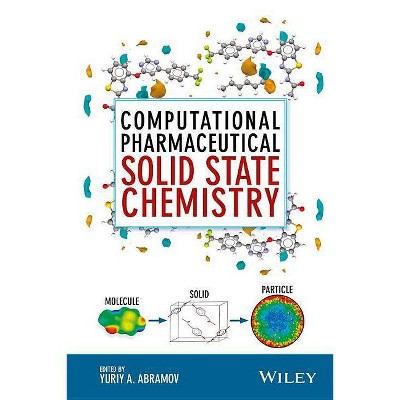
Similar Products
Products of same category from the store
AllProduct info
<p/><br></br><p><b> Book Synopsis </b></p></br></br>This book is the first to combine computational material science and modeling of molecular solid states for pharmaceutical industry applications.<br /><br />- Provides descriptive and applied state-of-the-art computational approaches and workflows to guide pharmaceutical solid state chemistry experiments and to support/troubleshoot API solid state selection<br />- Includes real industrial case examples related to application of modeling methods in problem solving<br />- Useful as a supplementary reference/text for undergraduate, graduate and postgraduate students in computational chemistry, pharmaceutical and biotech sciences, and materials science<p/><br></br><p><b> From the Back Cover </b></p></br></br><b>The first book combining computational material science and modeling of molecular solid states for pharmaceutical industry applications.</b><br /><br />Approximately 70% of the drug products marketed worldwide are formulated in oral solid-dosage forms. It is well recognized that active pharmaceutical ingredients (APIs) can exist in a number of solid forms (amorphous, crystalline polymorphs, solvates or hydrates), which may undergo interconversion under specific environmental and storage conditions. Variations of pharmaceutical solid forms can result in alternations of physicochemical properties of the drug products, which may affect drug performance, safety, and processing. Therefore, solid form selection of APIs can be a critical issue in the pharmaceutical industry, and it is strongly regulated by Food and Drug Administration according to guidelines outlined in an International Conference on Harmonisation, as well as by other regulatory agencies around the world. <br /><br /><i>Computational Pharmaceutical Solid State Chemistry</i> undertakes the issue of solid form selection using computational approaches. These approaches are used to guide solid form experiments that optimize the physical and chemical properties of APIs related to their stability, bioavailability and formulatability. <br /><br />Chapters cover: <br /><br />- Computational approaches allowing physical stability analysis of pharmaceutical solids<br />- Synthonic engineering of solid dosage form with a special focus on surface energy and morphology prediction<br />- Solubility prediction of crystalline drug-like compounds<br />- Prediction of NMR tensors and NMR crystallography<br />- Molecular dynamics simulation of amorphous pharmaceutical systems<br />- Numerical simulations of unit operations in pharmaceutical solid dose manufacturing <br /><br />The book is addressed to a wide audience, including experts within the field and those without much experience in molecular modelling. With real case industrial examples related to the application of modeling methods in problem solving, it is an ideal reference for students and researches alike.<p/><br></br><p><b> About the Author </b></p></br></br><b>Yuriy A. Abramov, PhD, </b>is a Senior Principal Scientist with over 14 years of experience in computational sciences in drug discovery and development with Pfizer, Inc., in Groton, CT, USA. He holds a PhD in Physical Chemistry from the D. Mendeleev University of Chemical Technology of Russia and Karpov Institute of Physical Chemistry in Moscow.
Price History
Price Archive shows prices from various stores, lets you see history and find the cheapest. There is no actual sale on the website. For all support, inquiry and suggestion messagescommunication@pricearchive.us
